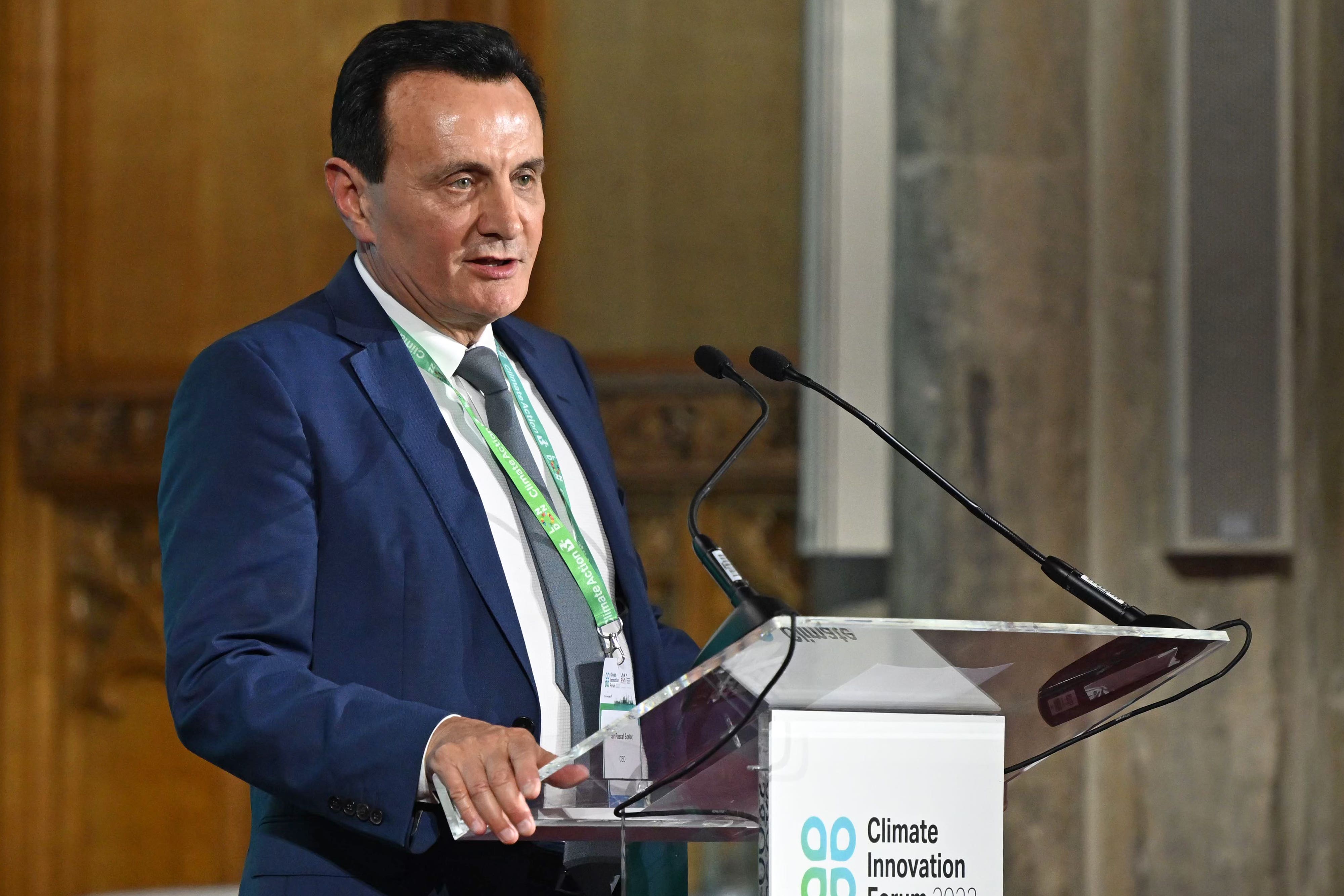Top City bosses paid a record £4.19m on average last year
The increase comes as Britain emerges from a cost-of-living crisis, with the average FTSE 100 boss now paid 120 times more than workers.

Your support helps us to tell the story
From reproductive rights to climate change to Big Tech, The Independent is on the ground when the story is developing. Whether it's investigating the financials of Elon Musk's pro-Trump PAC or producing our latest documentary, 'The A Word', which shines a light on the American women fighting for reproductive rights, we know how important it is to parse out the facts from the messaging.
At such a critical moment in US history, we need reporters on the ground. Your donation allows us to keep sending journalists to speak to both sides of the story.
The Independent is trusted by Americans across the entire political spectrum. And unlike many other quality news outlets, we choose not to lock Americans out of our reporting and analysis with paywalls. We believe quality journalism should be available to everyone, paid for by those who can afford it.
Your support makes all the difference.The bosses of Britain’s top firms received the biggest average pay packet on record last year, according to research.
Median pay for a FTSE 100 chief executive was £4.19 million in 2023, up from £4.1 million in 2022, a 2.2% increase, said the High Pay Centre.
This is the highest ever figure, although the growth in CEO pay was slower than in the past two years, when there was post-pandemic bounce.
The best paid boss on the FTSE 100 was AstraZeneca’s Pascal Soriot, who made £16.85 million.
These developments have been very good for those at the top but it is more questionable whether they are in the interests of the country as a whole
Erik Engstrom, boss of analytics giant RELX, was next with £13.64 million, followed by Rolls-Royce CEO Tufan Erginbilgic with £13.61 million.
High pay at Britain’s biggest firms has come under the spotlight in recent times, following a cost-of-living crisis sparked by a period of sky-high mortgage rates, inflation and energy bills between 2021 and 2023.
In January, Chris O’Shea, the chief executive of British Gas-owner Centrica, was grilled by interviewers over his £4.5 million pay deal for 2022, saying there was “no point” trying to justify it and calling it “a huge amount of money”.
Mr O’Shea then saw his pay deal double to £8.2 million in 2023.
The High Pay Centre’s research shows that the median FTSE 100 CEO is now paid 120 times the median UK full-time worker, down from 124 times in 2022, but still higher than 108 times in 2021.
The High Pay Centre report argued that excessive spending on top earners by leading firms makes it harder to fund pay increases for the wider UK workforce.
The think tank called for reforms to rules around corporate pay-setting process, including a requirement for companies to include a minimum of two elected workforce representatives on the committees that set pay.
Nonetheless, the rises come after pleas for bigger and better pay packages for City bosses.
Dame Julia Hoggett, CEO of the London Stock Exchange, said earlier this year that chiefs are being paid “significantly below global benchmarks”.
She warned it may make it harder to attract the top executives who can seek better remuneration elsewhere, such as the US, where the equivalent average pay figure was 16.7 million US dollars (£13.1 million) in 2022.
Luke Hildyard, director of the High Pay Centre, said: “The increase in average CEO pay reflects a small number of companies making really large pay awards rather than big increases across the board.
“Higher executive pay has been a key demand of business lobbyists in recent years. These figures indicate that this campaign has had some success, with shareholders at the biggest UK companies becoming more willing to wave through bigger pay-outs.
“The huge pay gap between executives and the wider UK workforce is a result of factors like the decline of trade union membership, low levels of worker participation in business decision-making and a business culture that puts the interests of investors before workers, customers, suppliers and other stakeholders.
“These developments have been very good for those at the top but it is more questionable whether they are in the interests of the country as a whole.”
The annual research, based on salary disclosures in companies’ annual reports, showed that blue-chip firms spent £755 million on the pay of 222 executives.
Even at the top, the gender pay gap remained wide, with just six companies having female leadership for the entire financial year, and their median pay amounted to £2.69 million.
Among the High Pay Centre’s other recommendations was a requirement that companies should also provide more detailed disclosure of pay for top earners beyond the executives, and low earners including indirectly employed workers.
It also called for stronger trade union rights, including reasonable access to workplaces and a ban on efforts by management to manipulate votes on union recognition.